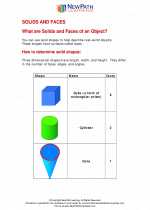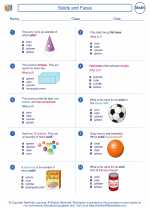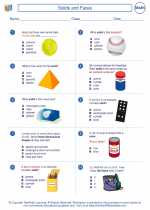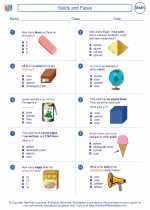Fractions
A fraction represents a part of a whole or a part of a group. It consists of a numerator and a denominator separated by a horizontal line.
Numerator and Denominator
The numerator is the number above the line and it represents the part being considered. The denominator is the number below the line and it represents the total number of parts that make up a whole or a group.
Types of Fractions
Fractions can be classified as proper fractions, improper fractions, and mixed numbers. Proper fractions have a smaller numerator than the denominator, improper fractions have a larger numerator than the denominator, and mixed numbers consist of a whole number and a fraction combined.
Operations with Fractions
Common operations with fractions include addition, subtraction, multiplication, and division. When adding or subtracting fractions, the denominators must be the same. When multiplying fractions, you simply multiply the numerators and the denominators. When dividing fractions, you multiply by the reciprocal of the second fraction.
Equivalent Fractions
Equivalent fractions are different fractions that represent the same portion of a whole. They have different numerators and denominators, but when simplified, they are equal.
Decimal and Percentage Equivalents
Fractions can also be expressed as decimals or percentages. For example, 1/2 as a decimal is 0.5 and as a percentage is 50%.
.◂Math Worksheets and Study Guides Third Grade. Solids and Faces

 Worksheet/Answer key
Worksheet/Answer key
 Worksheet/Answer key
Worksheet/Answer key
 Worksheet/Answer key
Worksheet/Answer key
 Worksheet/Answer key
Worksheet/Answer key
 Worksheet/Answer key
Worksheet/Answer key
